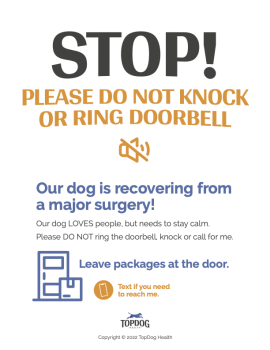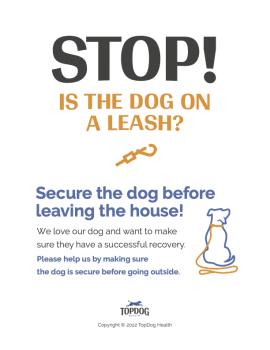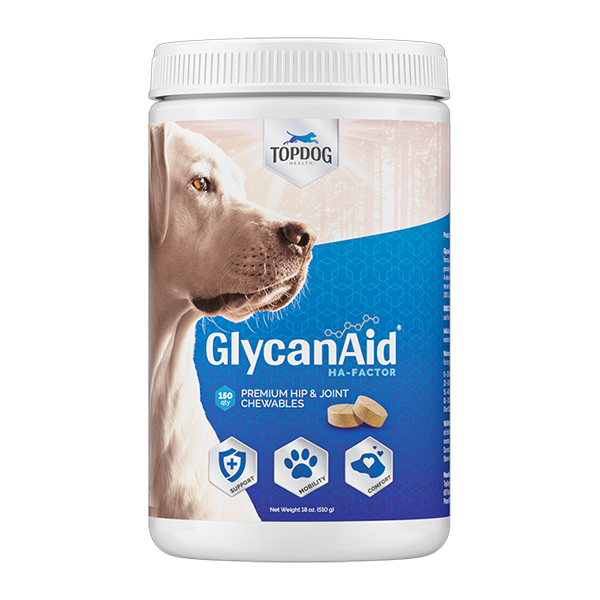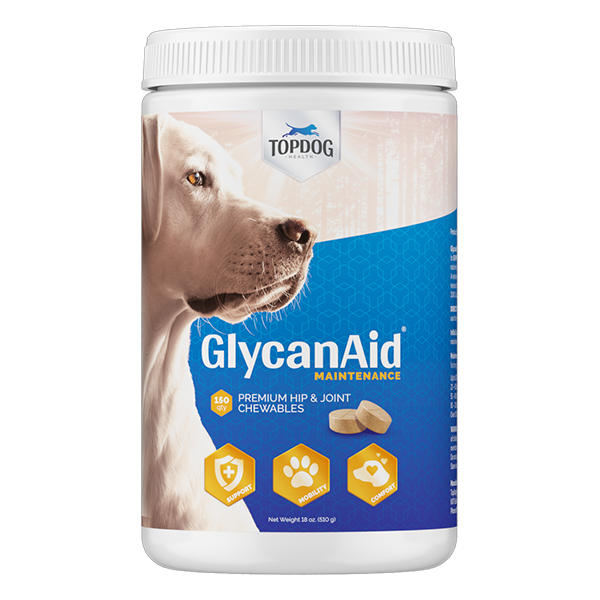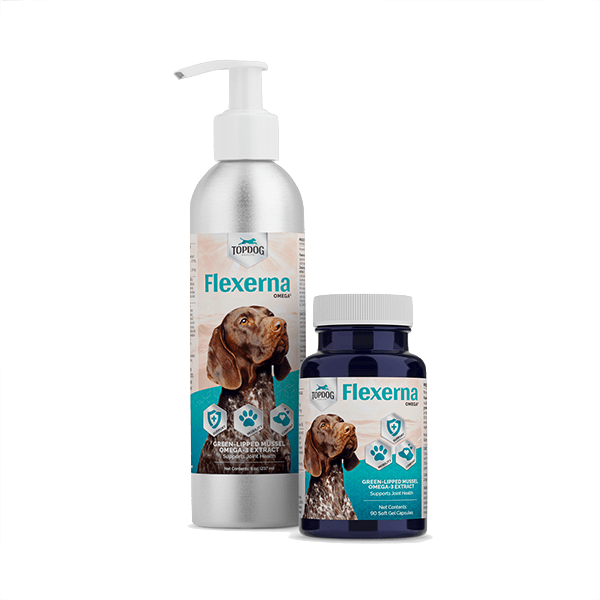We know this journey has been stressful but take a deep breath. You’re not alone. At TopDog, we’re here to guide you every step of the way so your dog can recover safely and successfully, regaining full functionality and strength. This first week is all about laying the foundation for a smooth recovery. Let’s take it one step at a time.
WELCOME TO WEEK 1: Starting Strong on the Road to Recovery
1. MINDSET: A Positive Start
It’s normal to feel overwhelmed, but you’ve already taken the most important step—caring deeply for your dog’s well-being. Together, we’ll ensure a successful recovery.
We encourage you to join our TopDog Facebook Community: Dog Orthopedic & Joint Health Support, where you’ll find advice, inspiration, and support from experts and fellow pet parents. Knowing you’re part of a community can make all the difference in reducing stress and building confidence. Join here.
2. TIMELINE: Setting Expectations
Recovery is a journey, and it’s important to pace yourself and your dog. Here’s what you need to know:
- Full Recovery: Achieving full muscle development and strength can take up to 6 months. While your dog may look and feel much better earlier, patience is key.
- Setbacks Happen: Minor setbacks are normal and rarely derail long-term progress. Stay calm, and lean on our resources and community if they occur.
- Preventing Future Injuries: Proper rehabilitation and joint support can dramatically reduce the risk of your dog injuring the other leg. We’re here to guide you every step of the way to keep them strong and healthy.
*30-60% of dogs who tear one ACL, will tear that other ACL within one year.
4. REST: Recovery Starts with Relaxation
The first week is all about rest and relaxation.
- Let your dog sleep and recover from the stress of surgery.
- Pain and discomfort are highest during this time, so patience is key.
- If they resist therapy, don’t force it—rest is more important right now.
5. ICING: Nature’s Best Anti-Inflammatory & Pain Relief
Cold therapy is a simple yet powerful way to reduce pain and inflammation.
- Ice the surgical area for the first 72 hours and after any activity.
- Use a towel between the ice and the skin to keep your dog comfortable.
- After 72 hours, you can switch to moist heat therapy if needed.
6. SLOW WALKING AND SUPPORT: Keep It Controlled
When taking your dog outside for elimination, keep them on a short leash and walk very slowly. This protects their healing leg and minimizes strain. If extra support is needed, we highly recommend the Help’Em Up support harness—a worthwhile investment for both you and your dog.
PRO TIP: Tracking Progress
Recovery can feel slow at times, so it’s helpful to document your dog’s journey.
- Take a video each week of your dog walking. These clips can show you how far they’ve come and can also be valuable for your vet or surgeon if questions arise.
You’ve Got This!
Remember, the first week is all about rest, gentle care, and setting the stage for recovery. Don’t hesitate to lean on the resources in our Online Resource Center, and share your story or questions in our TopDog Facebook Dog Orthopedic & Joint Health Support Group. You are part of a supportive community that’s here to cheer you and your dog on every step of the way.
Together, we’ll help your dog get better, feel better, and stay better for a lifetime!


